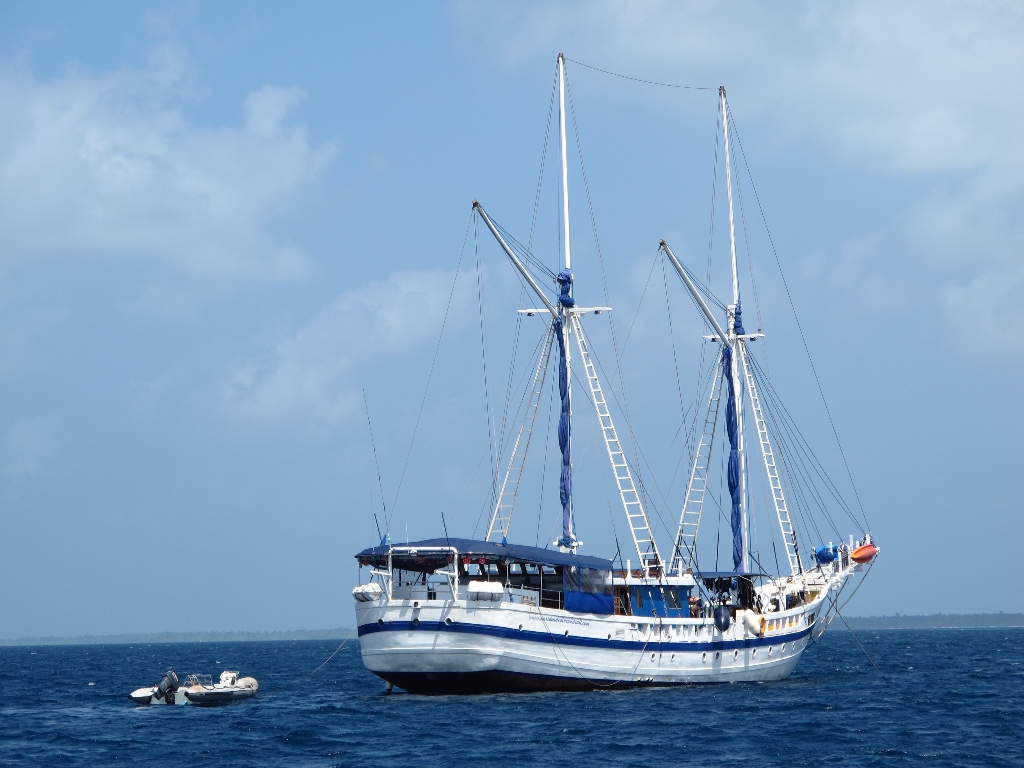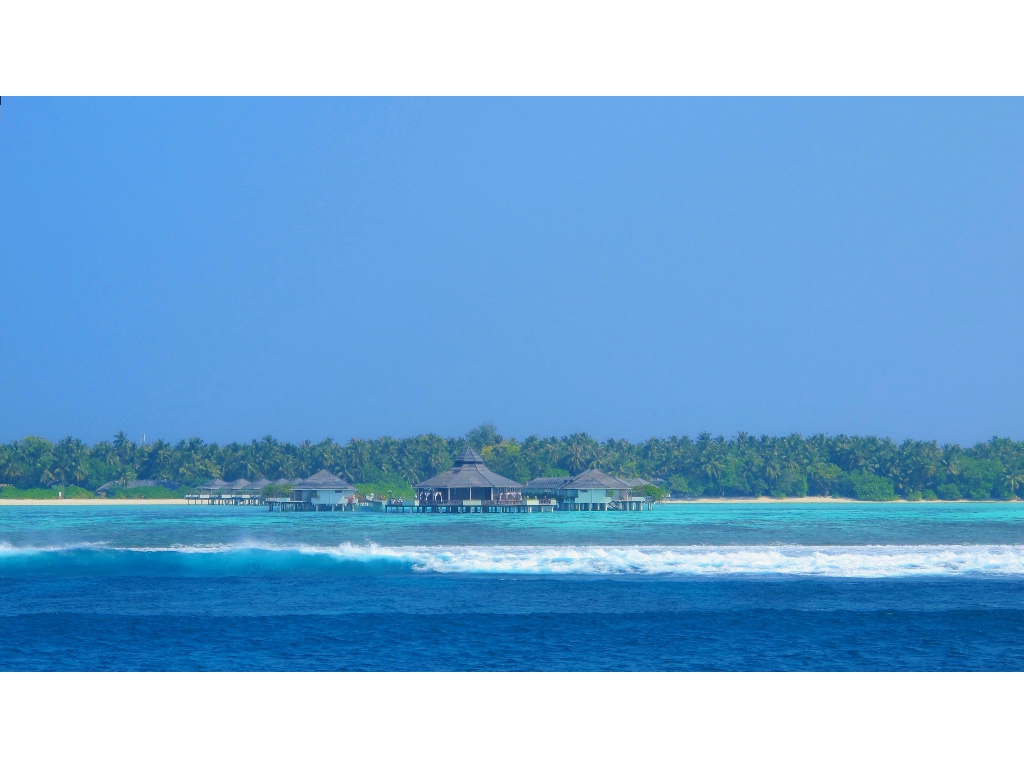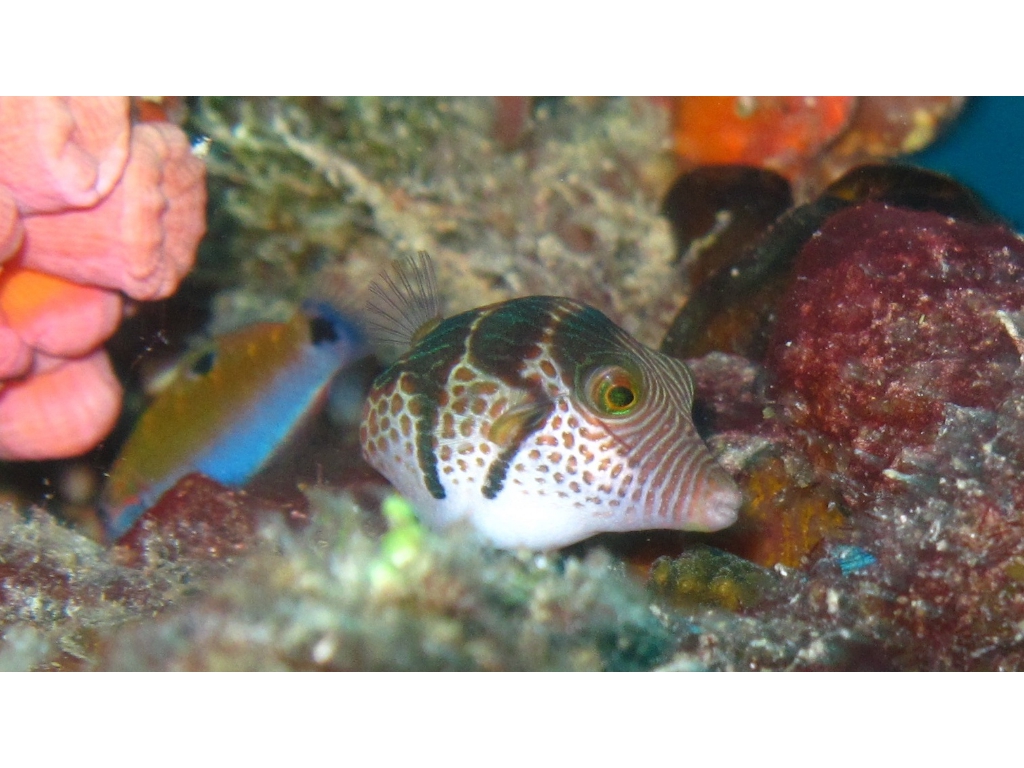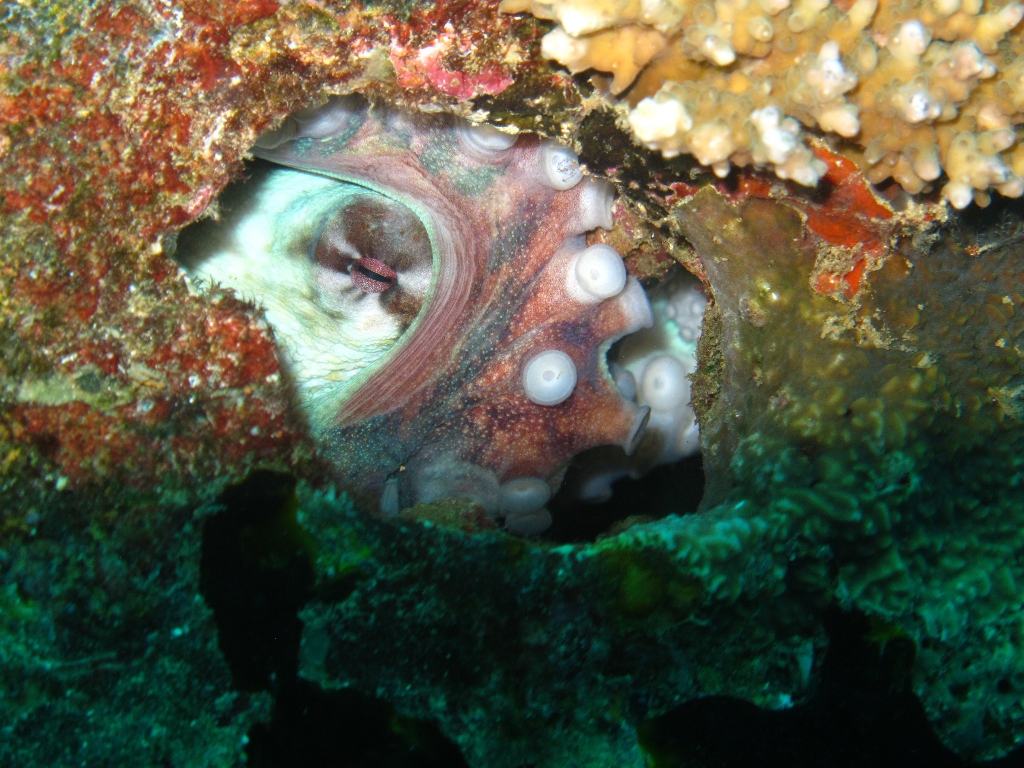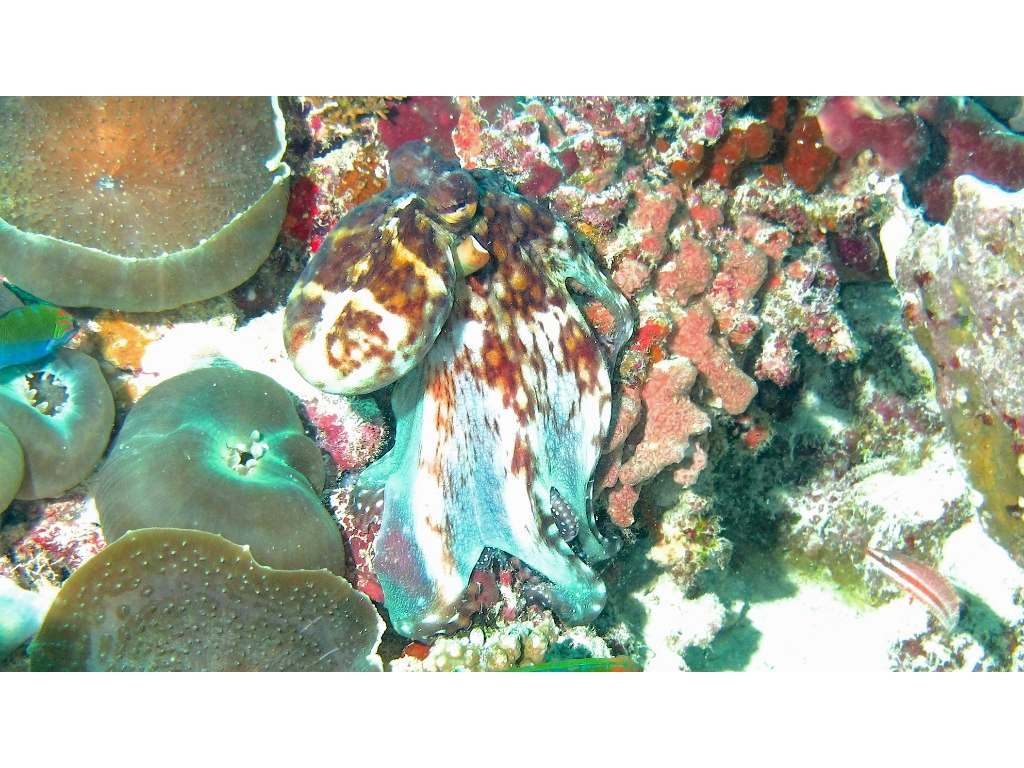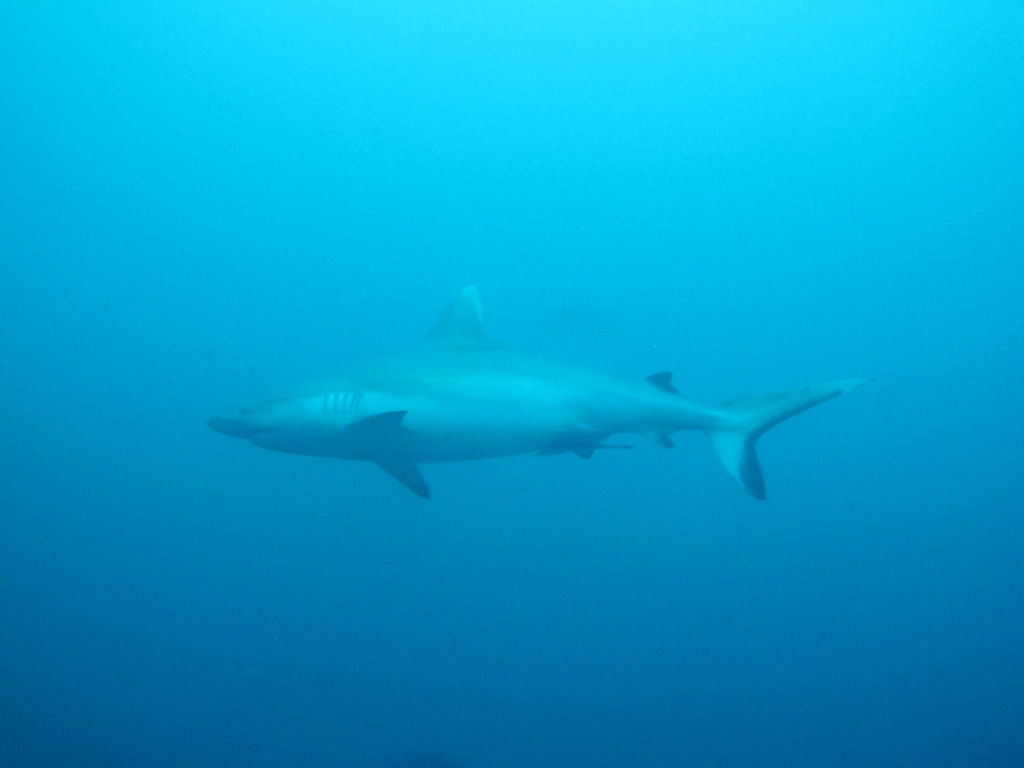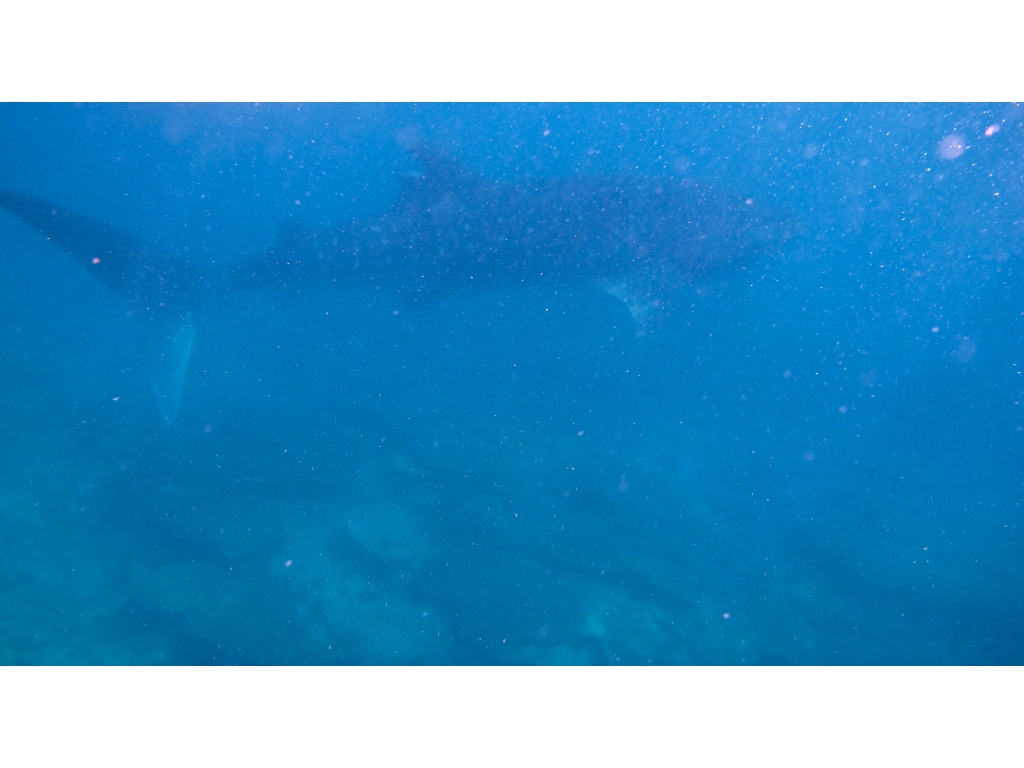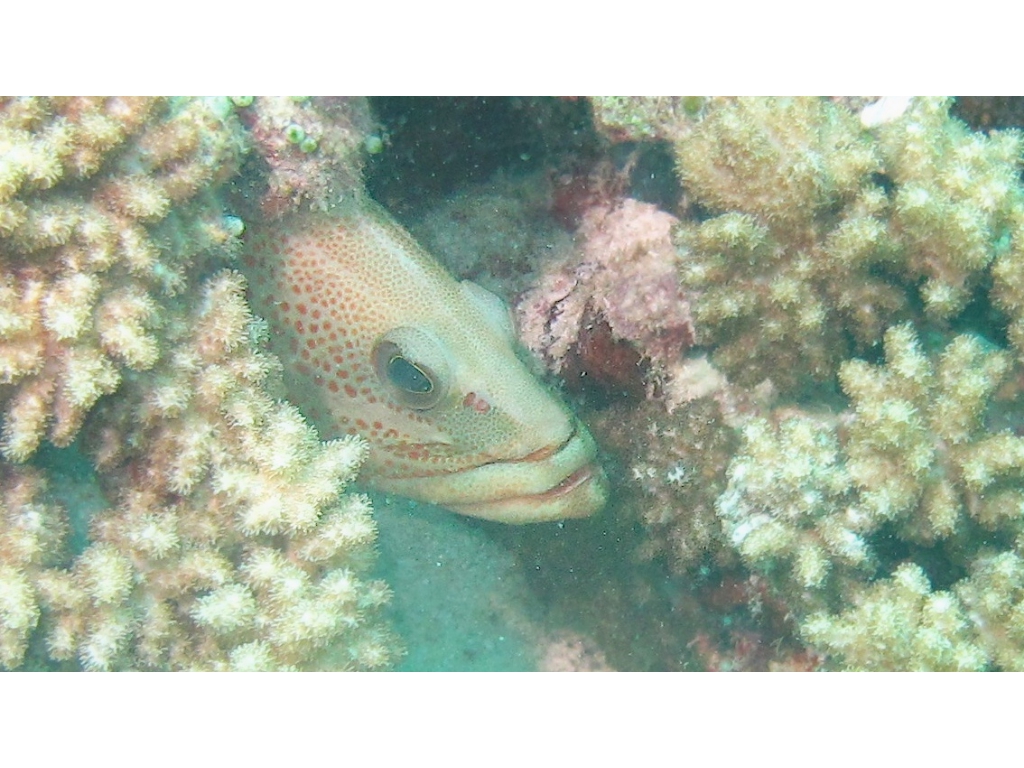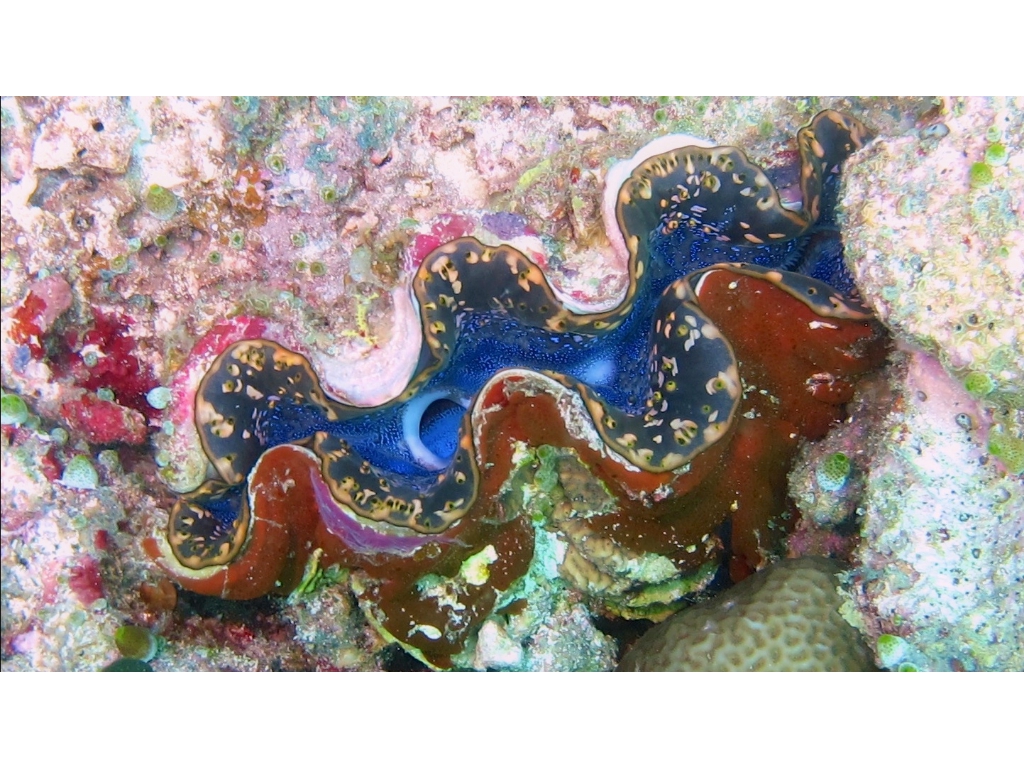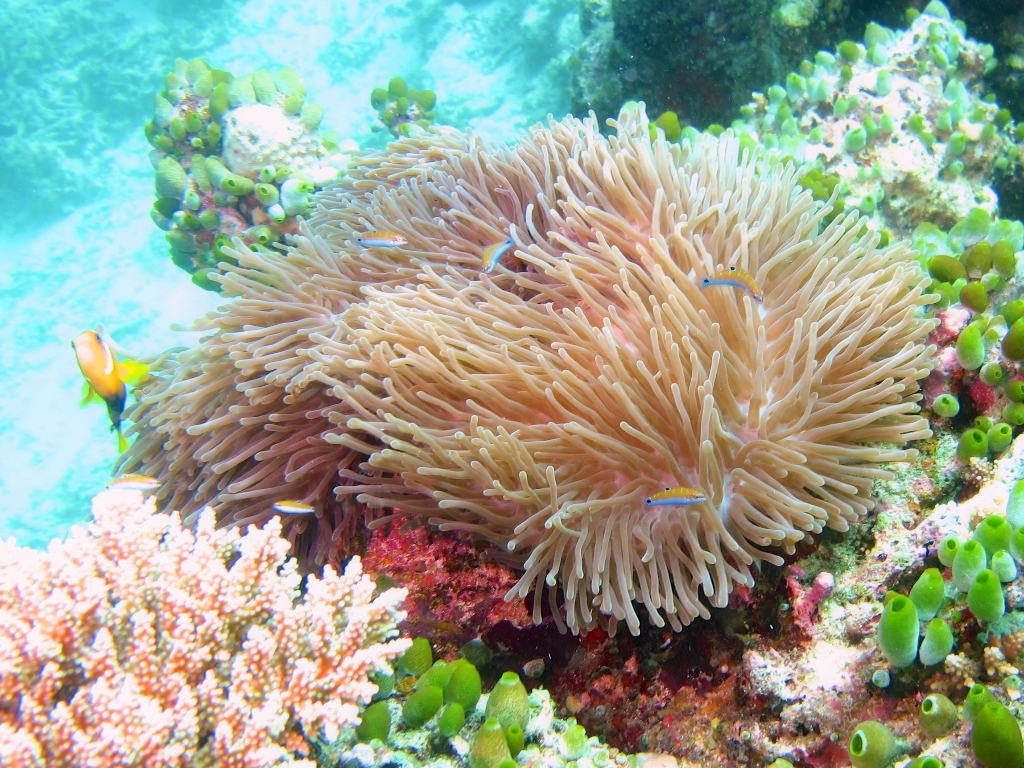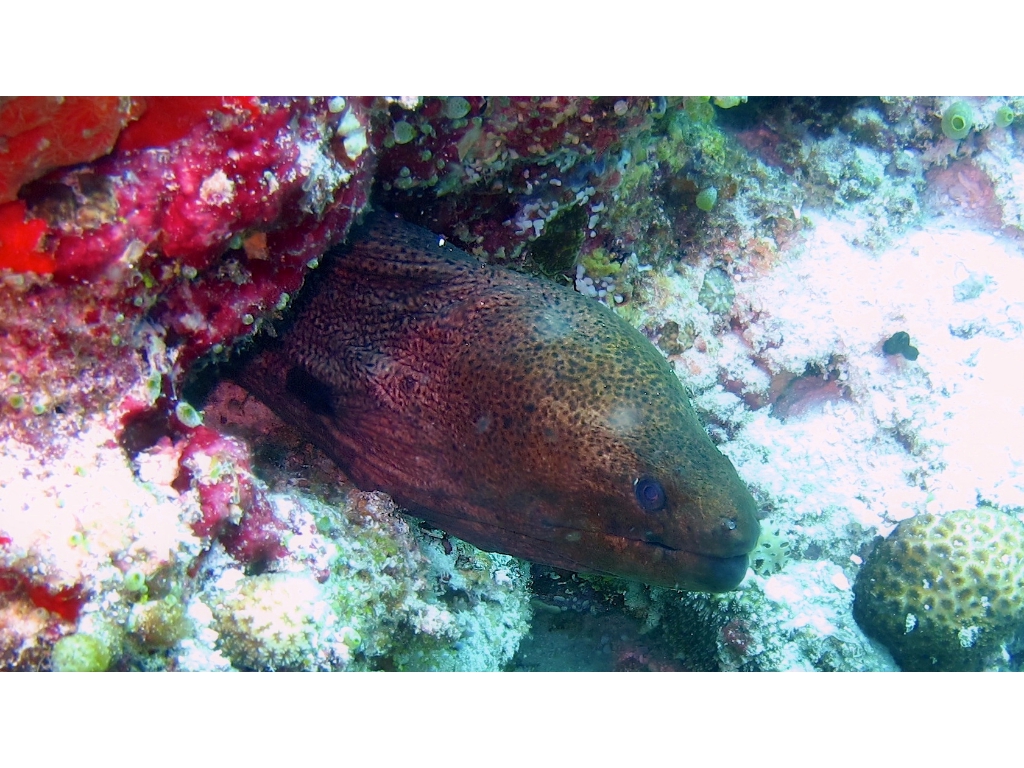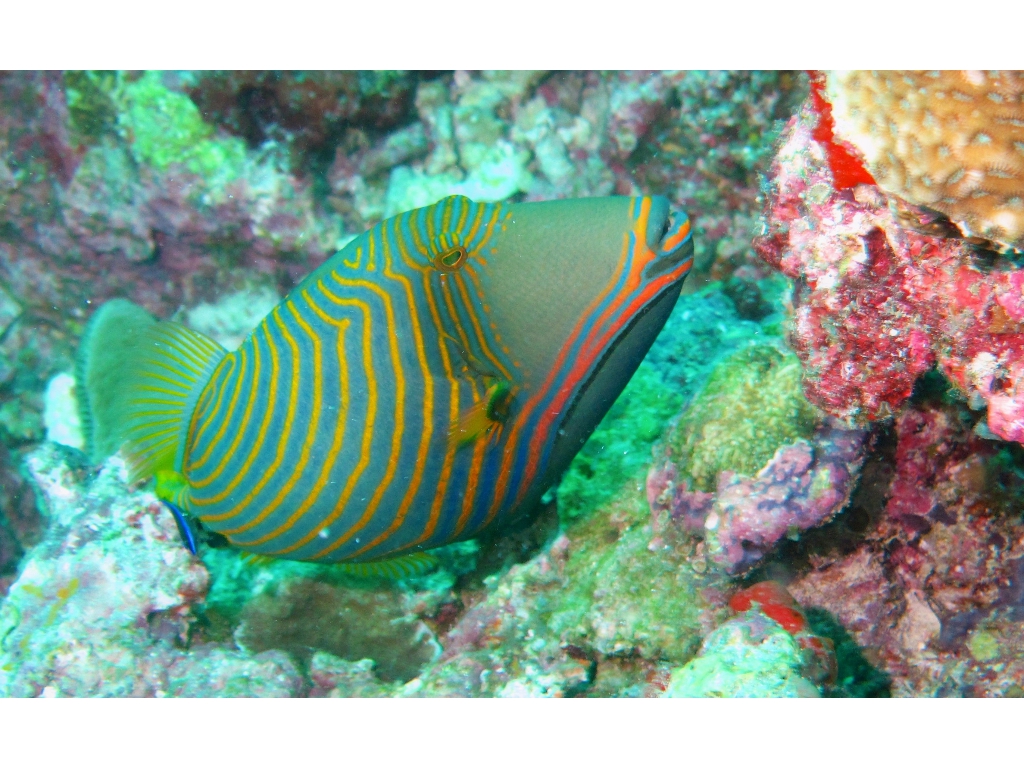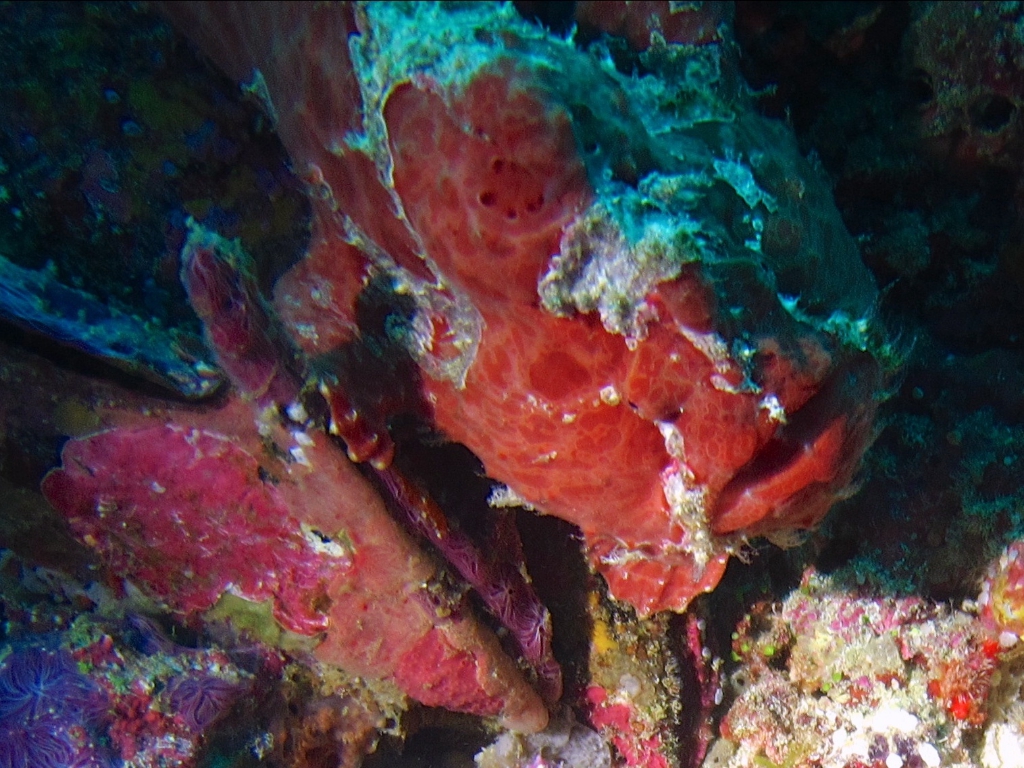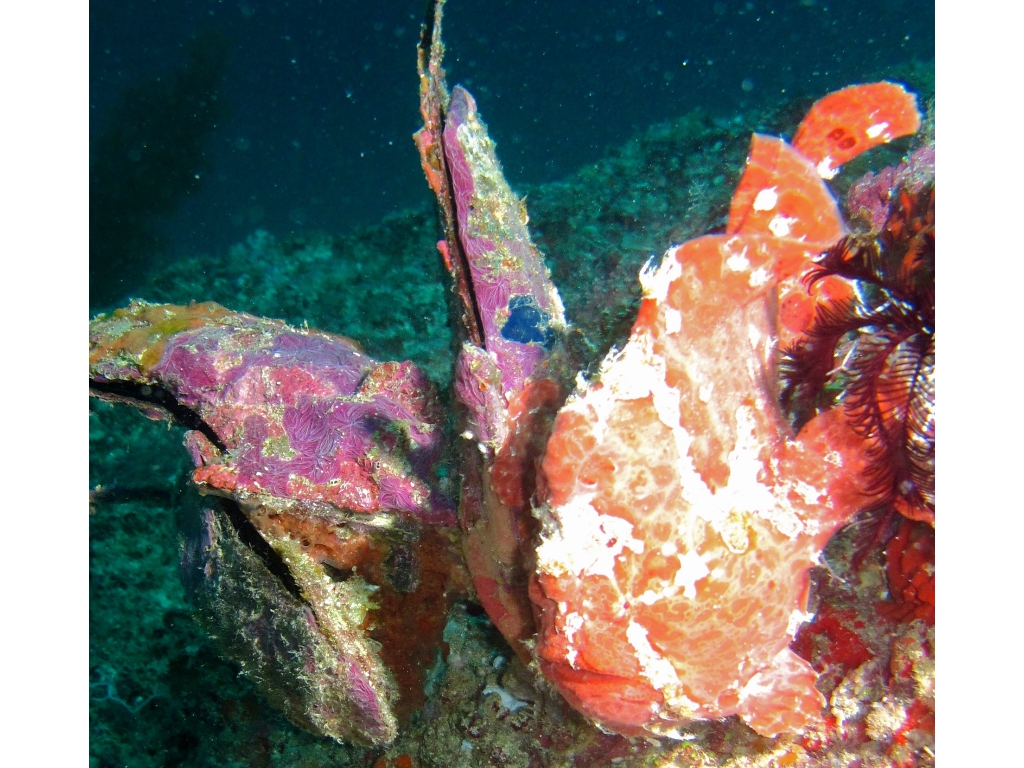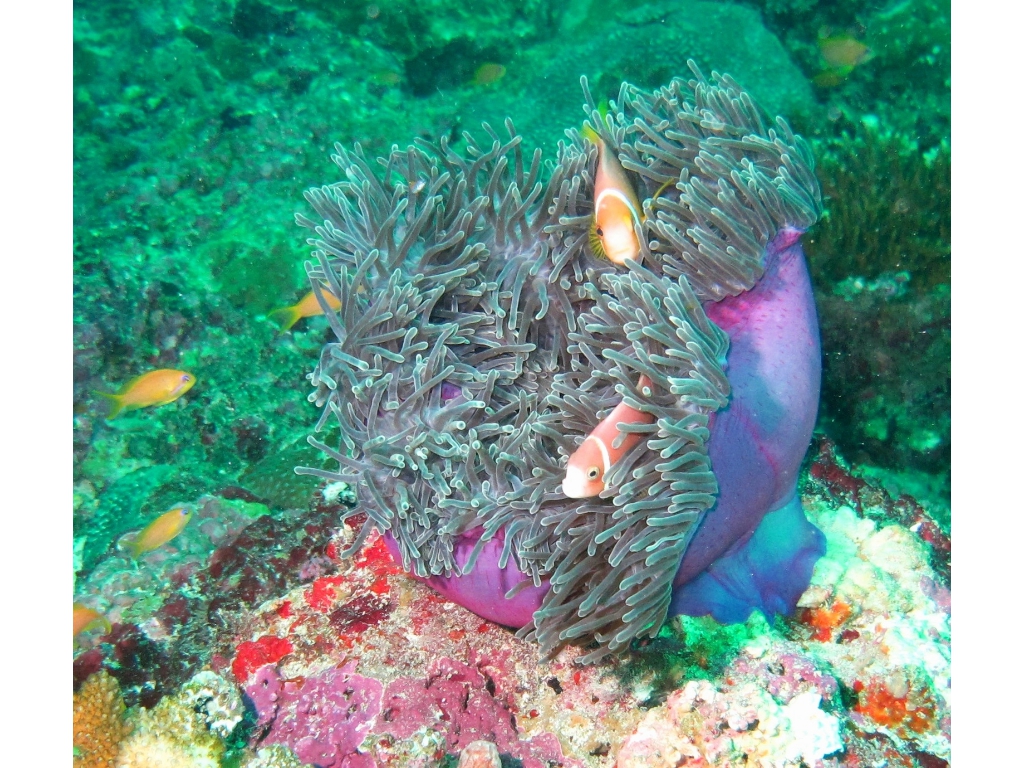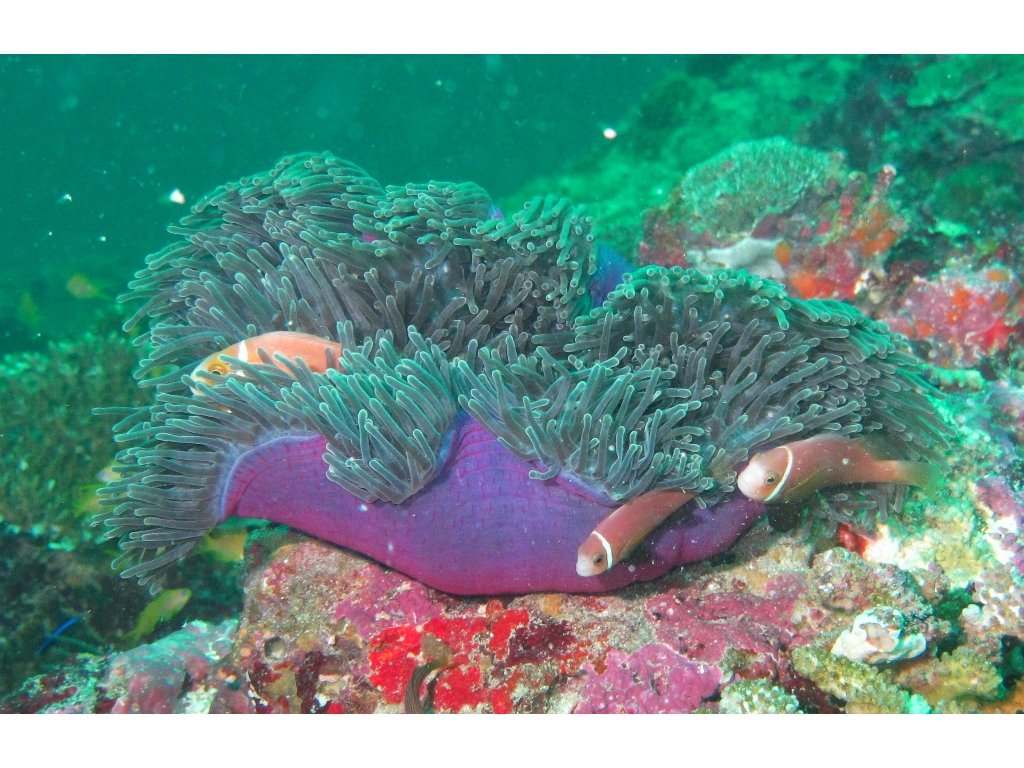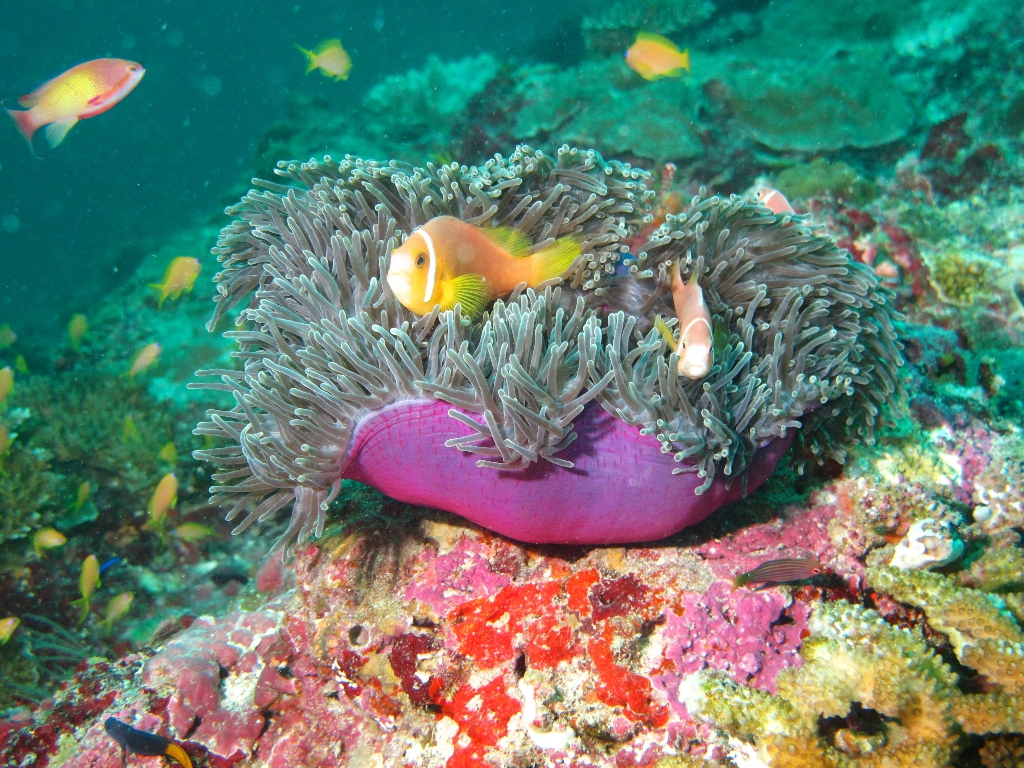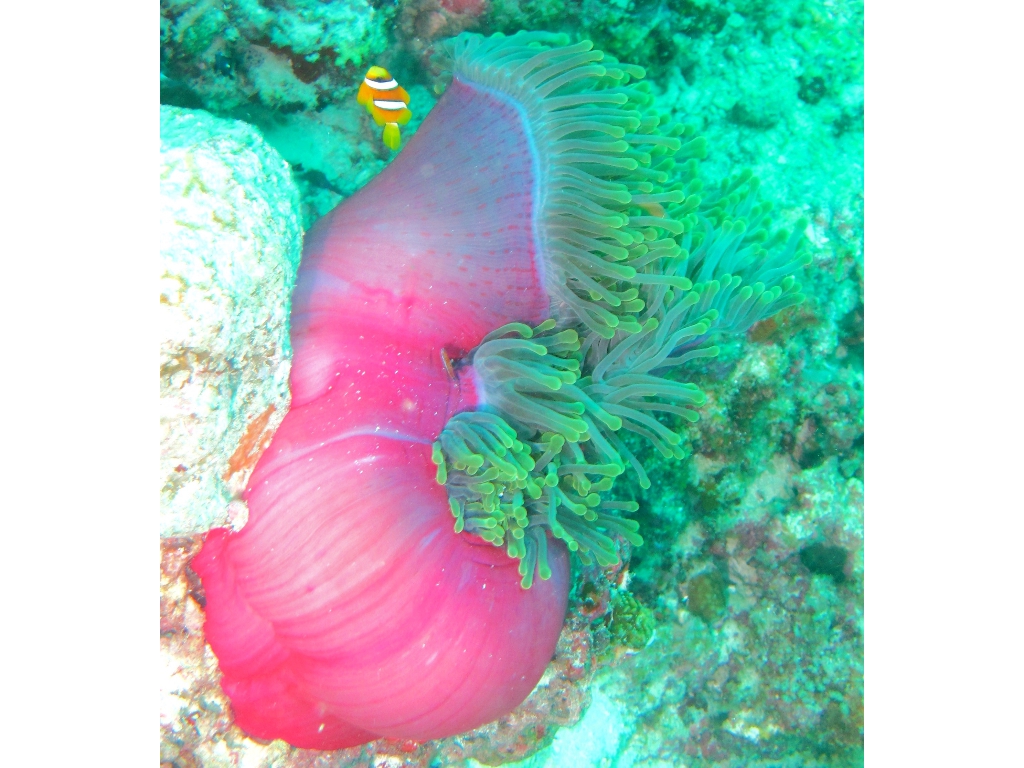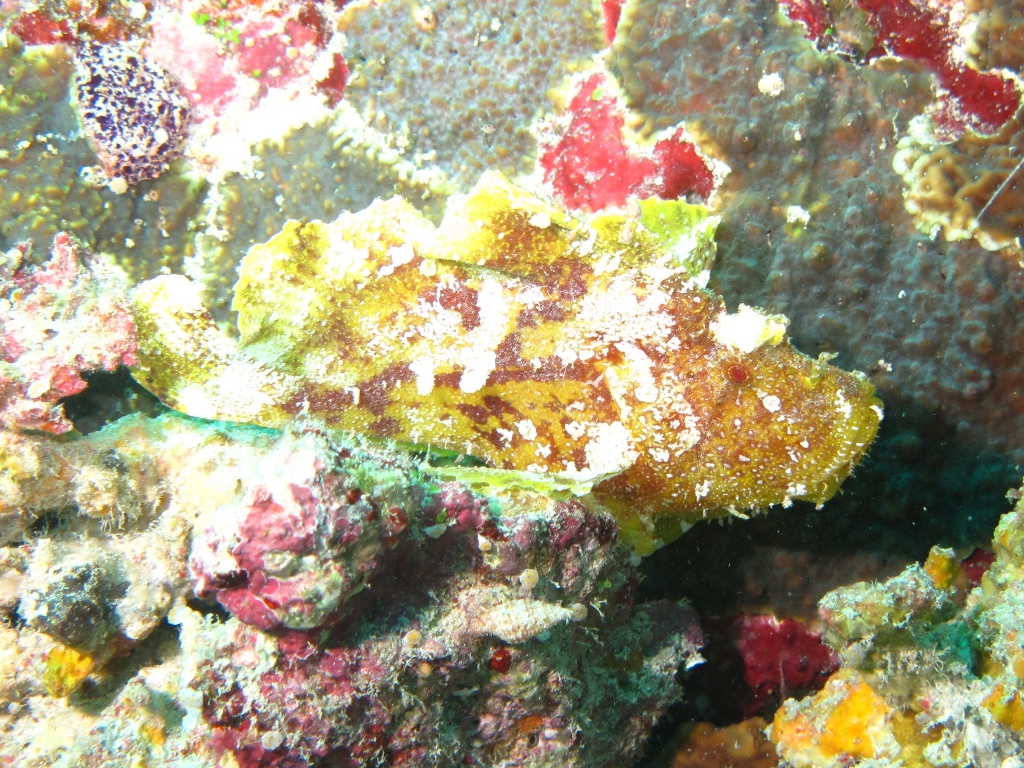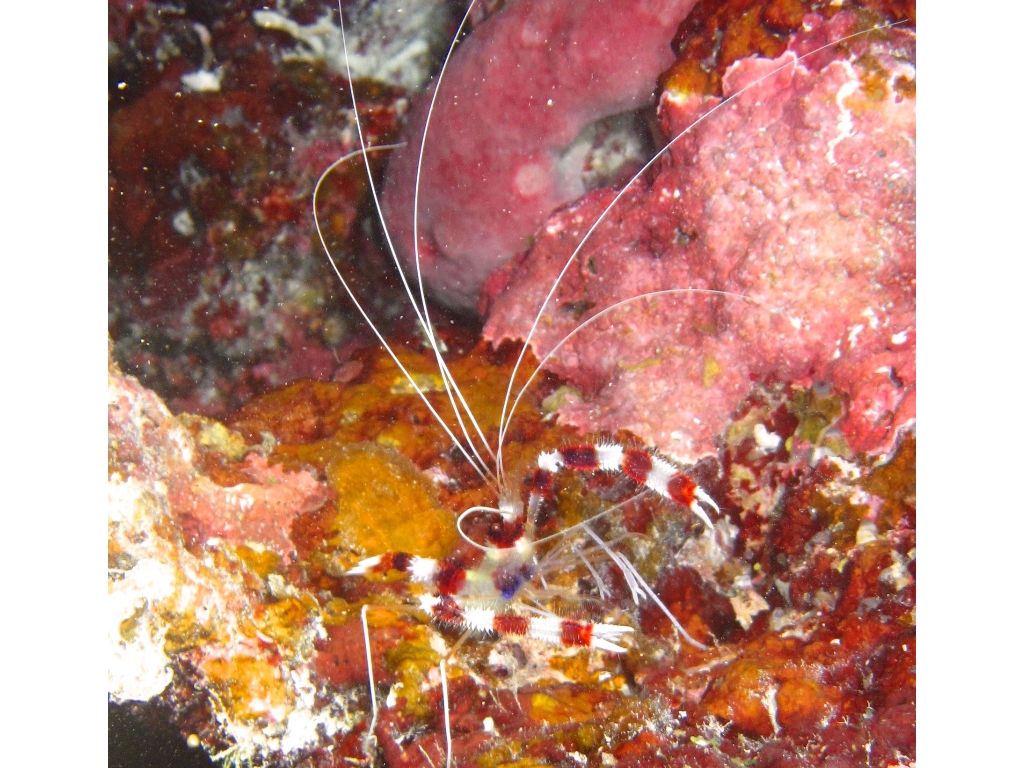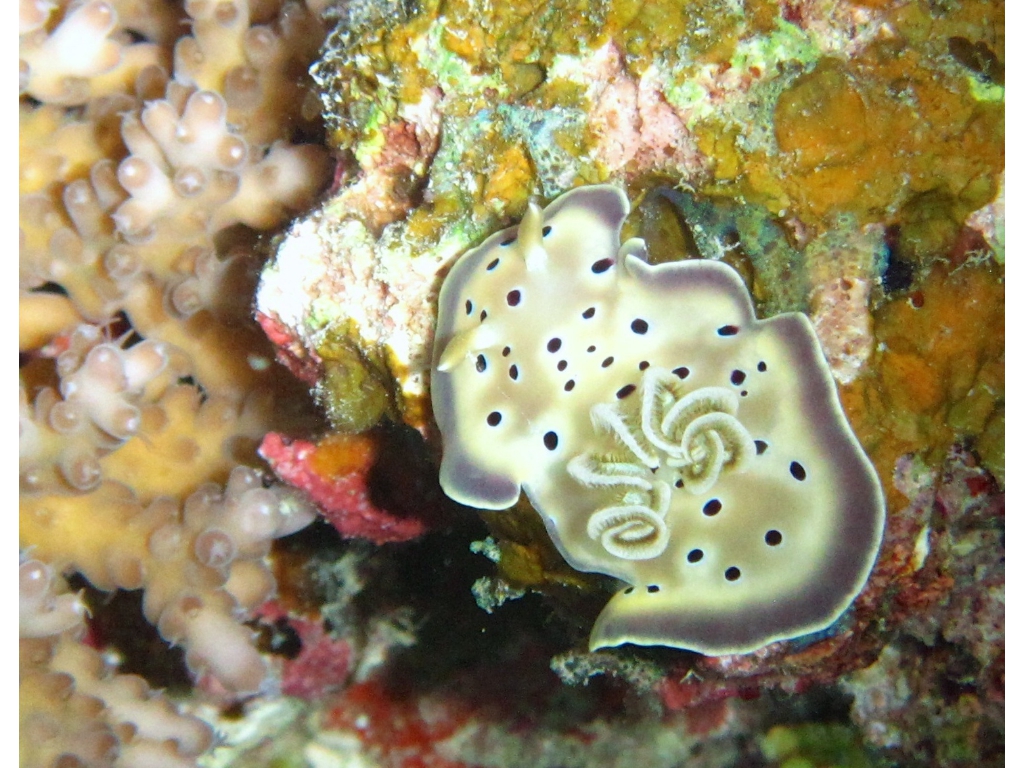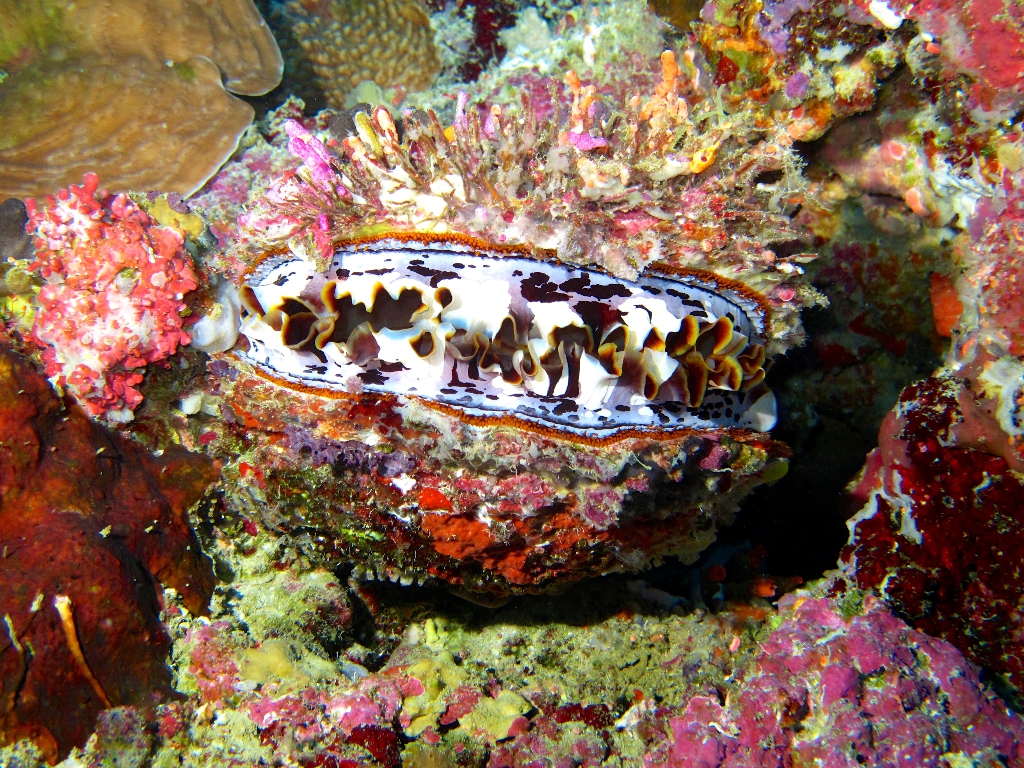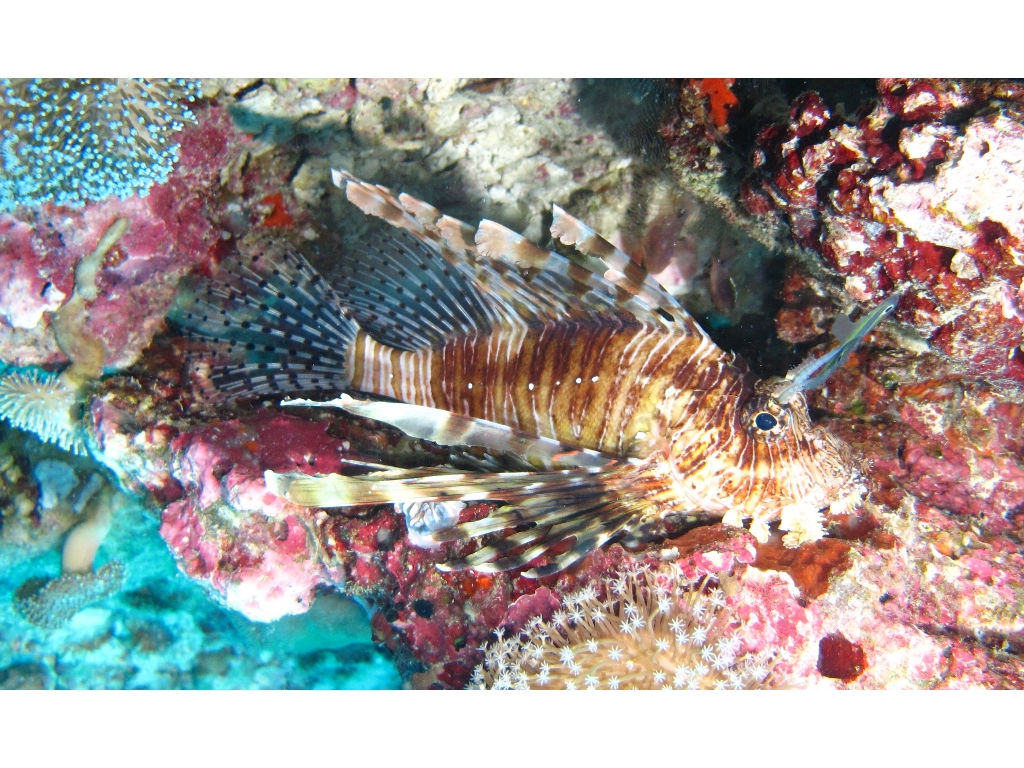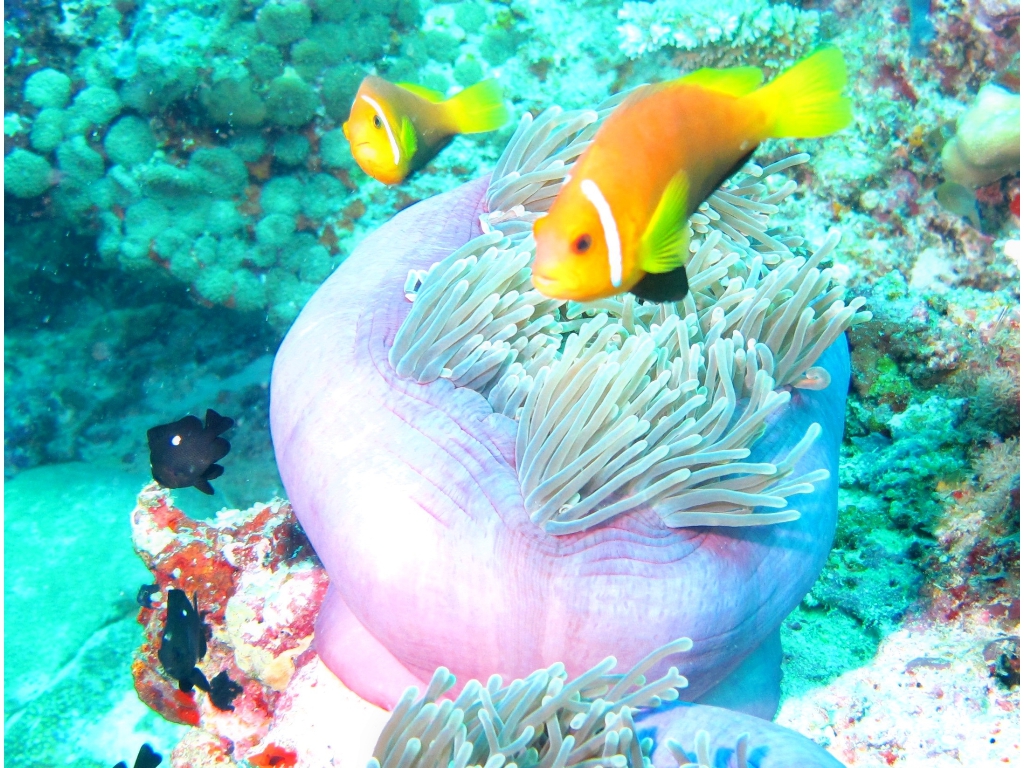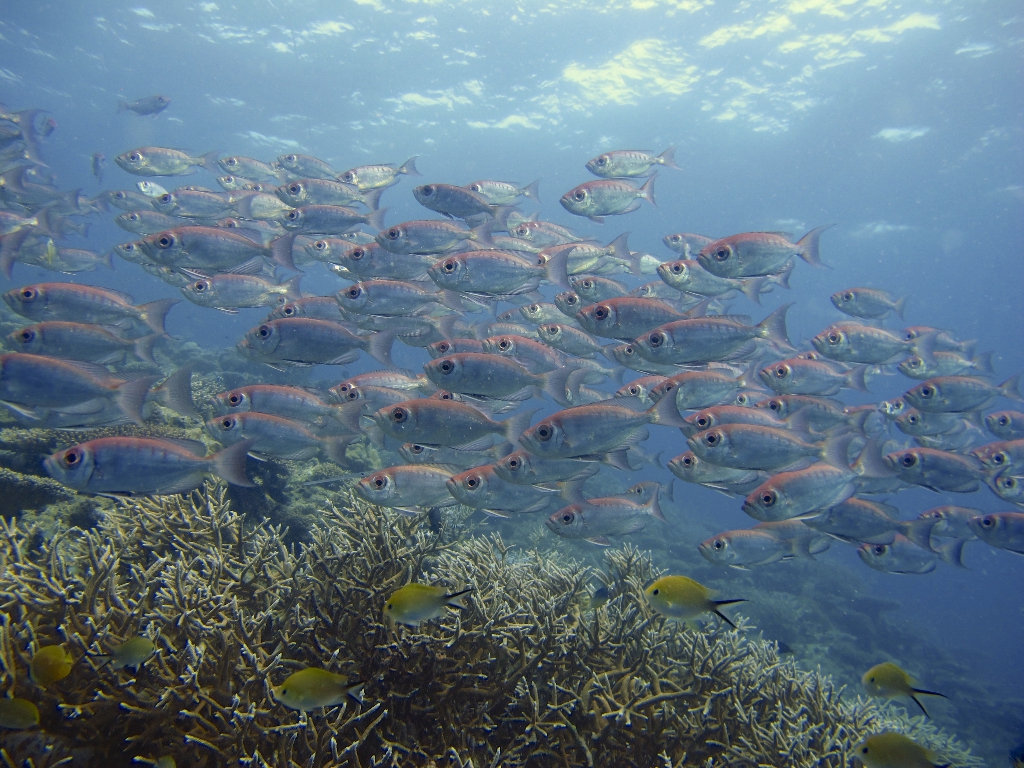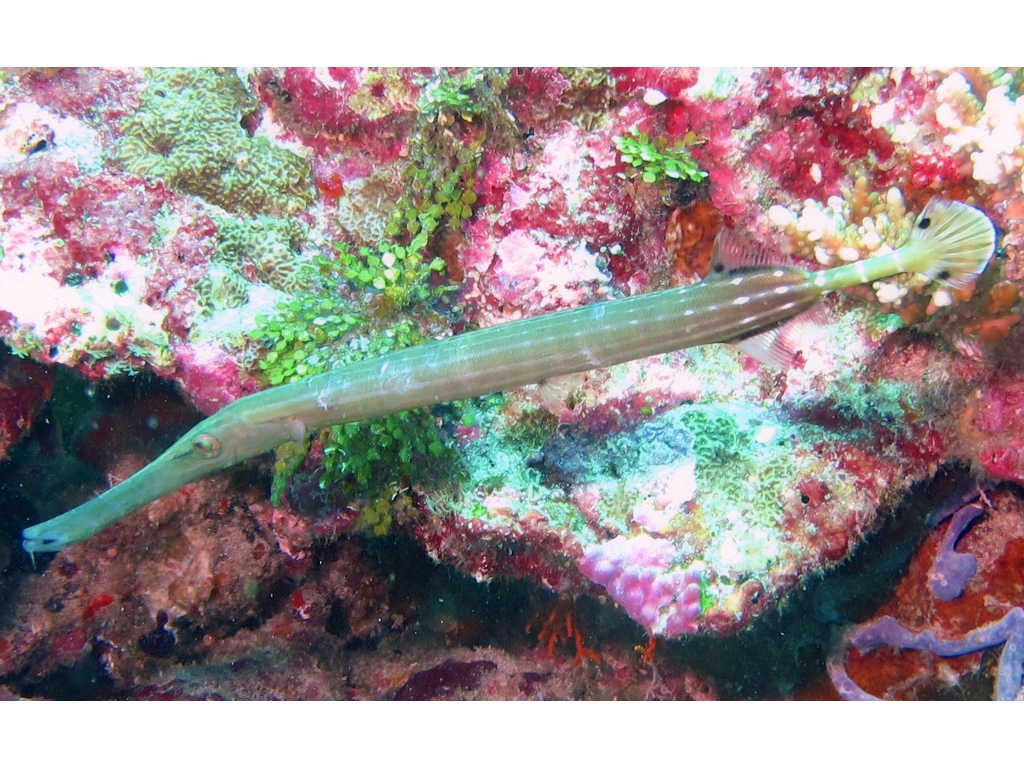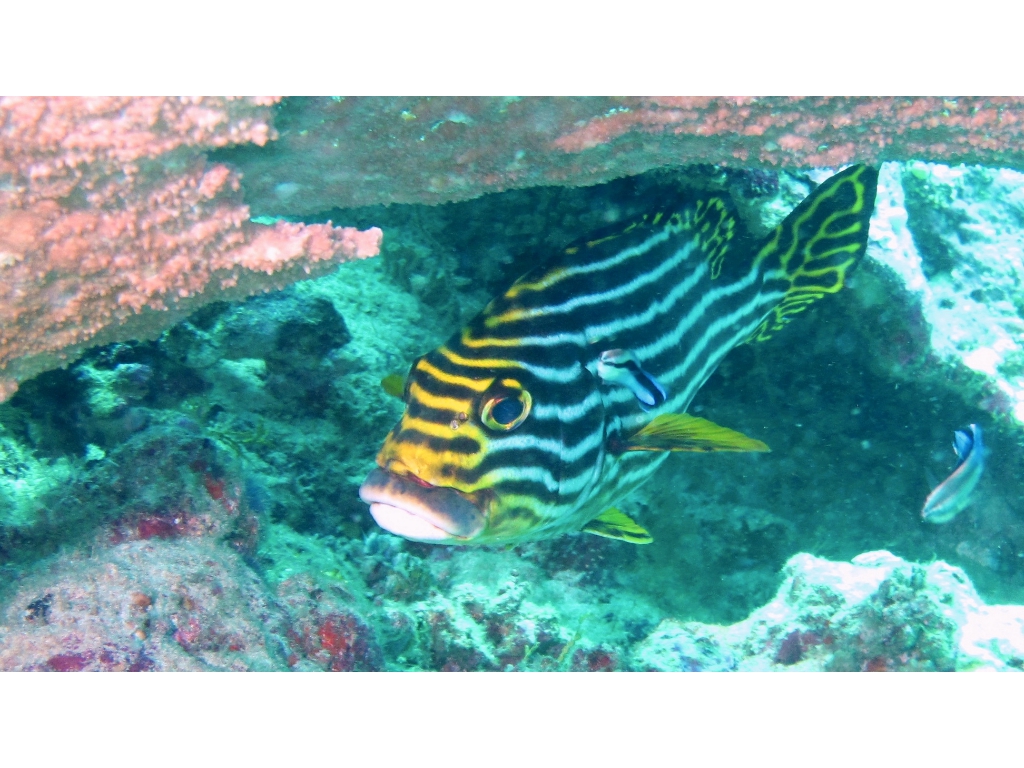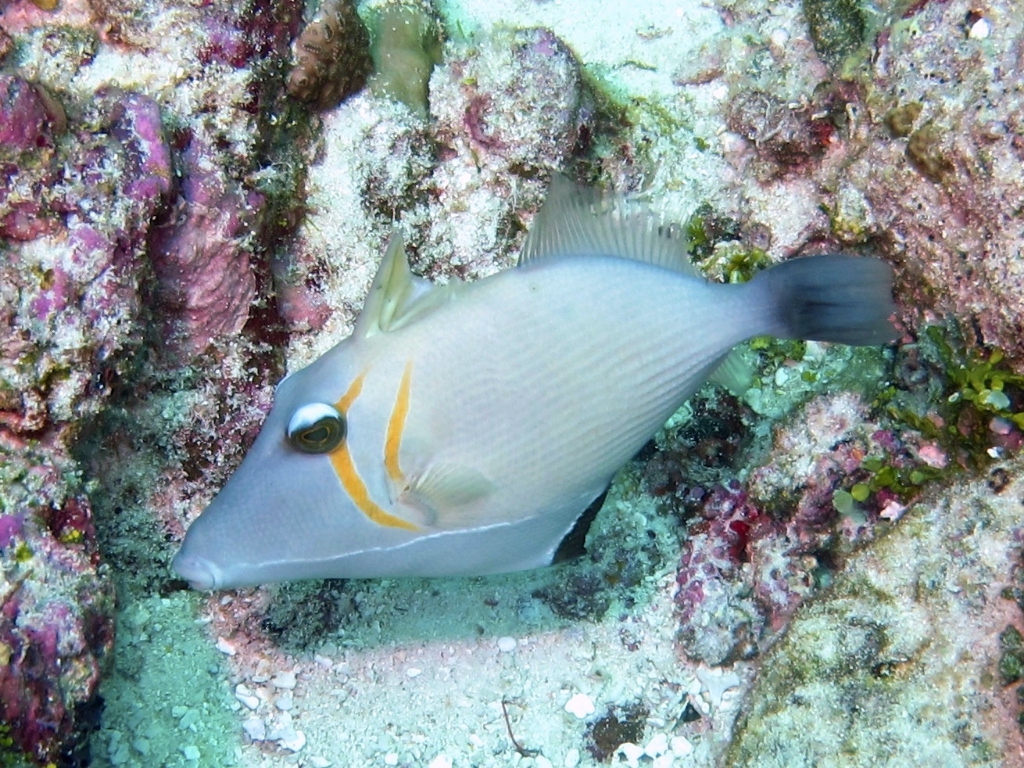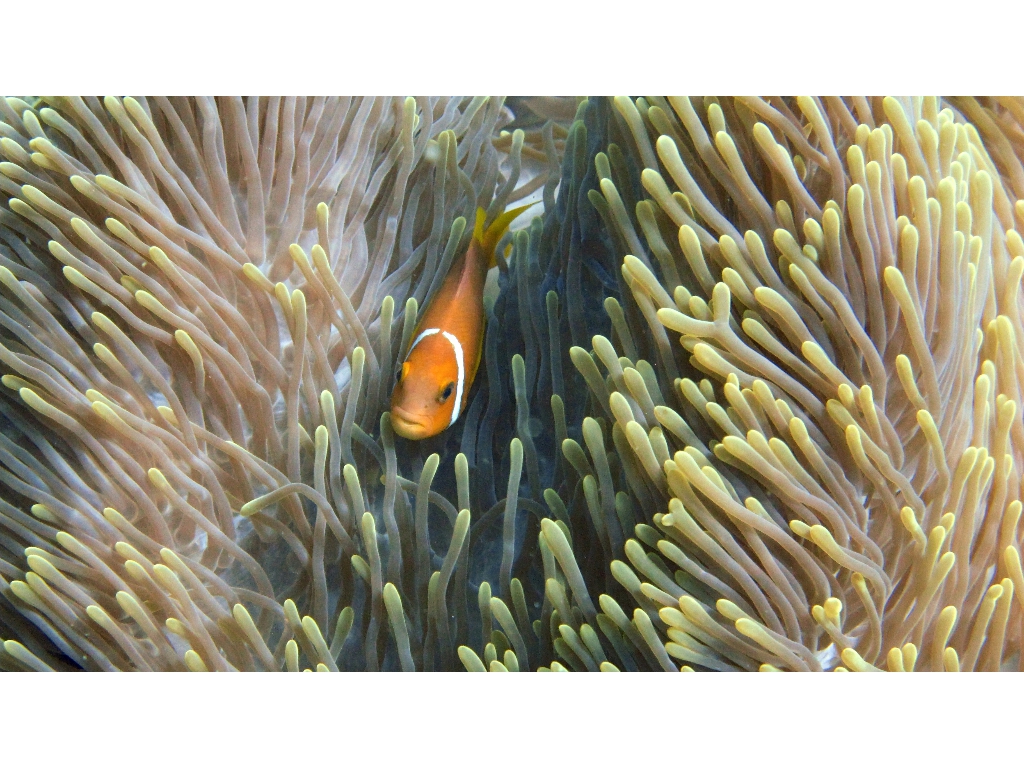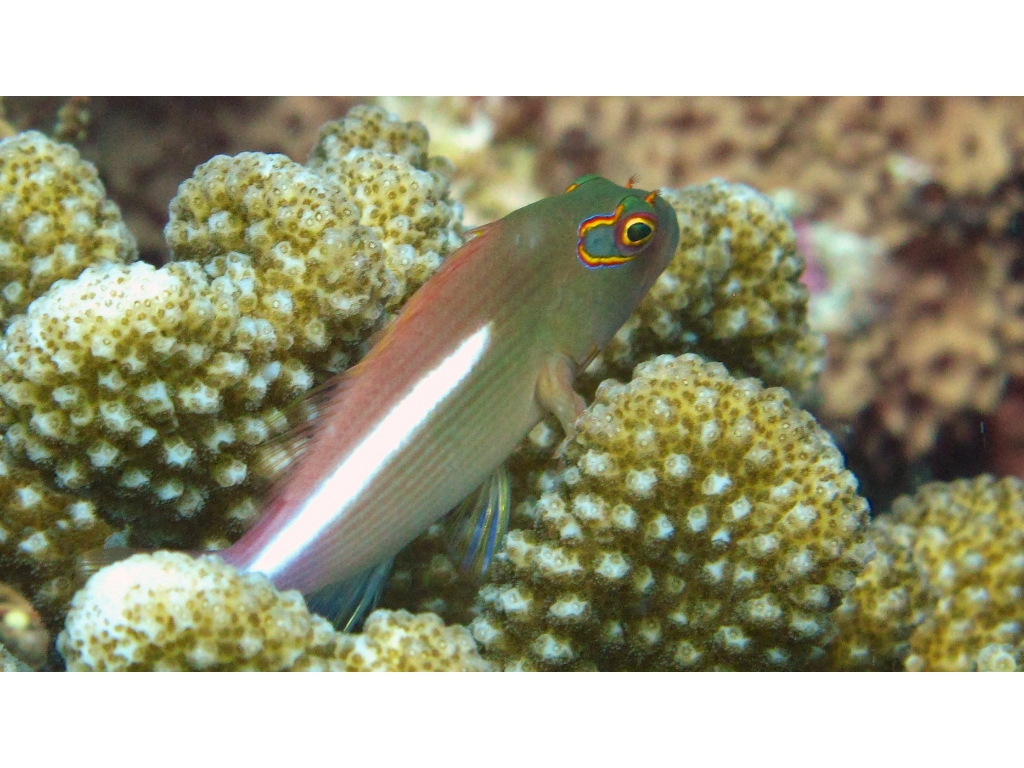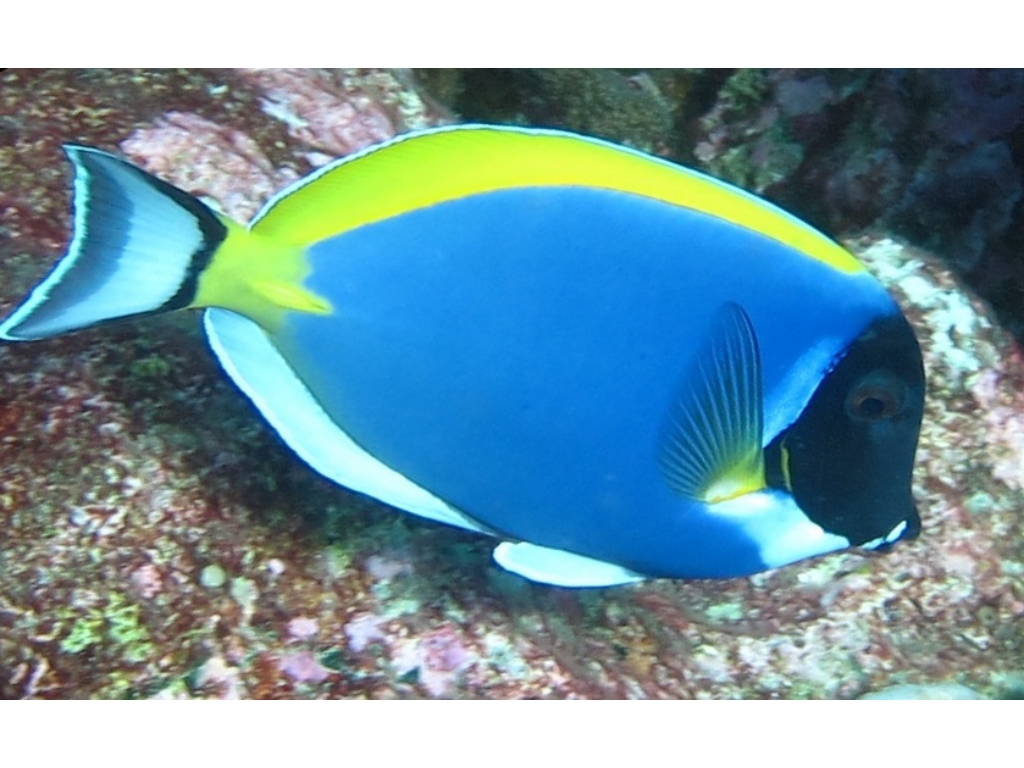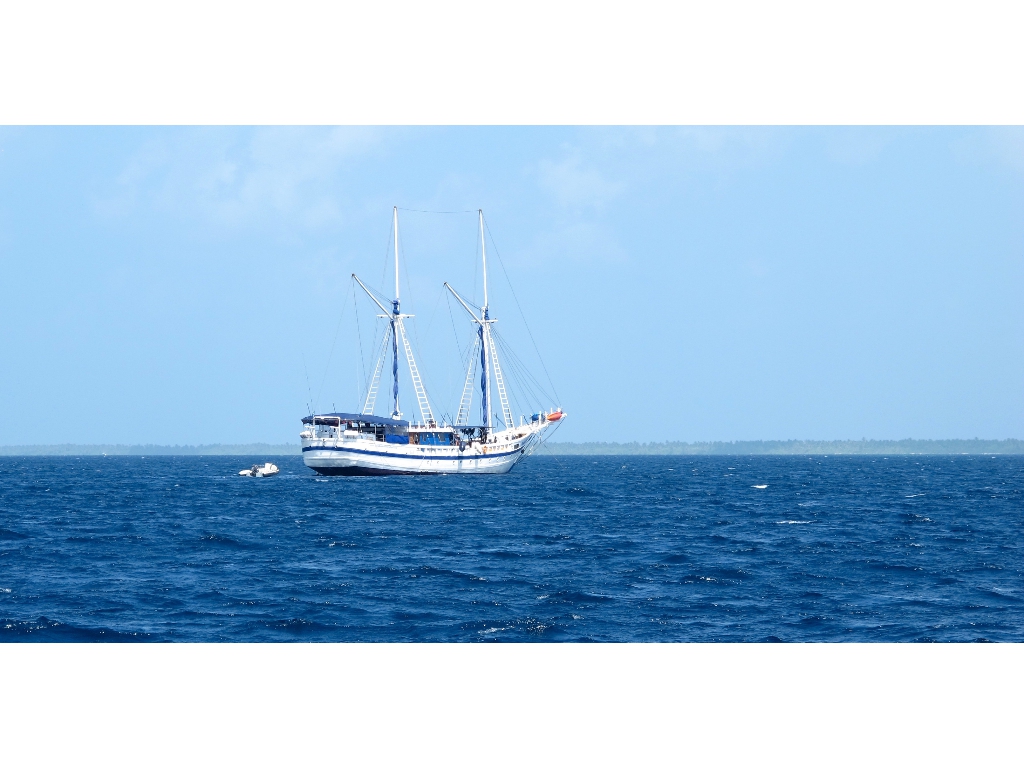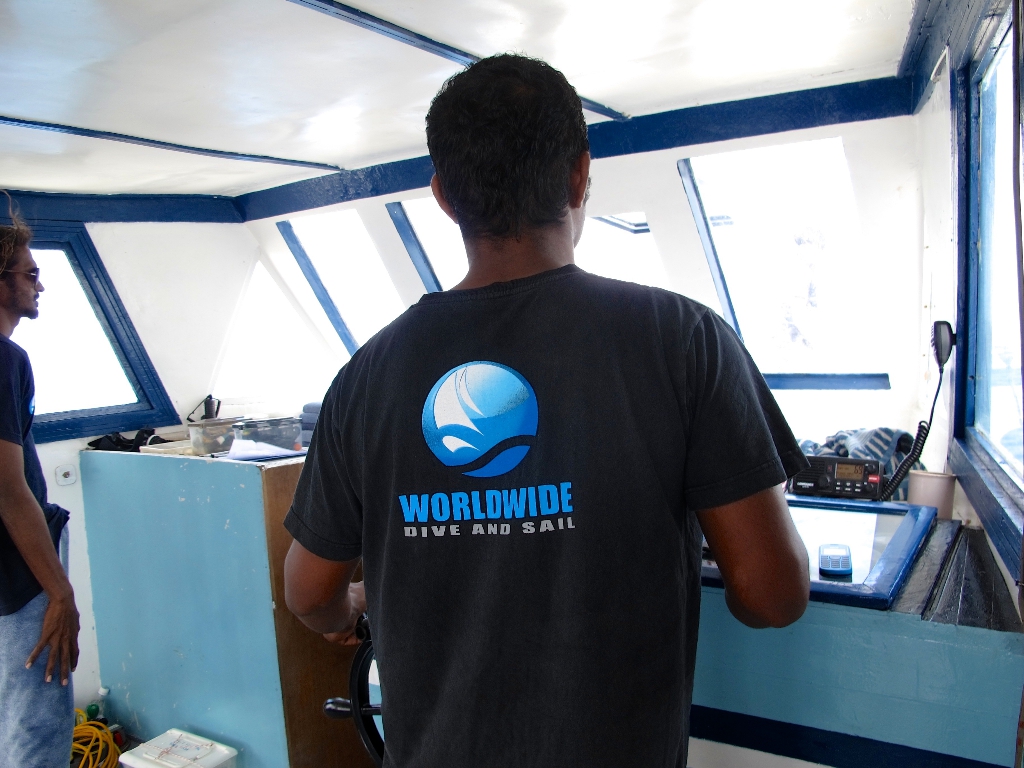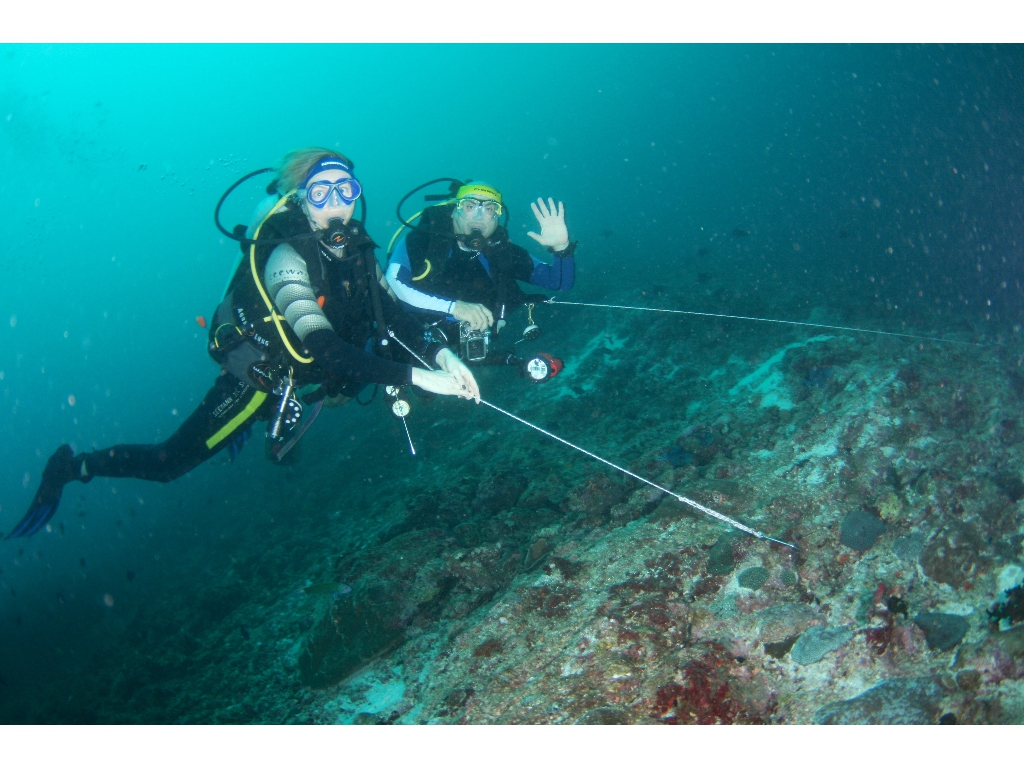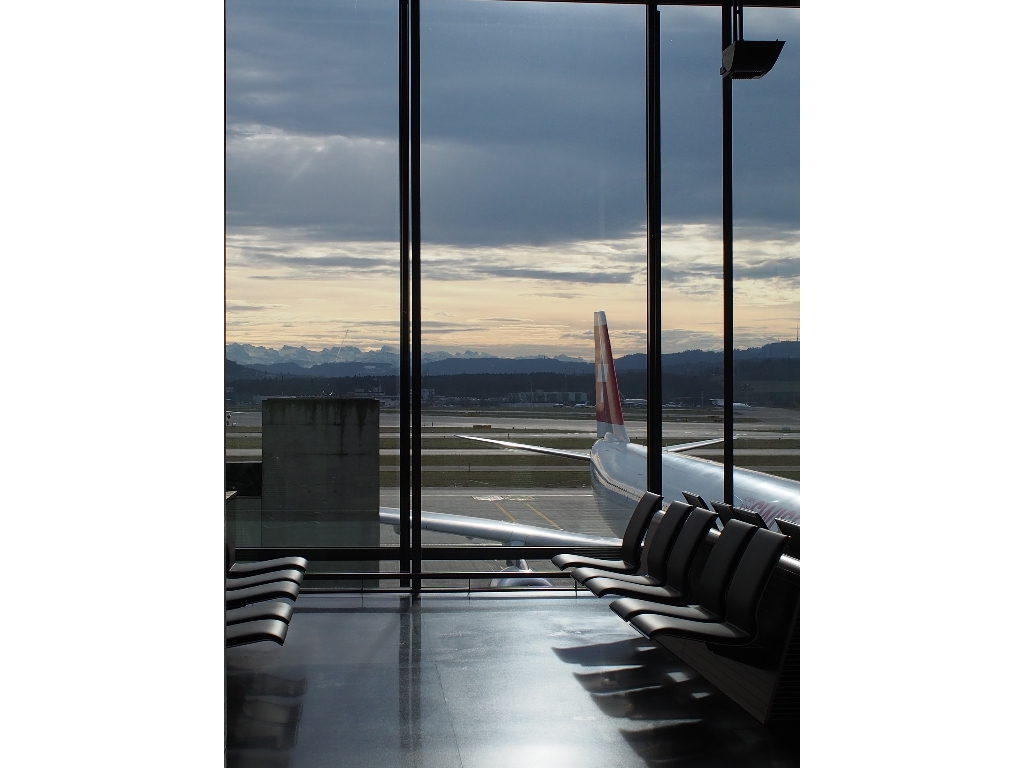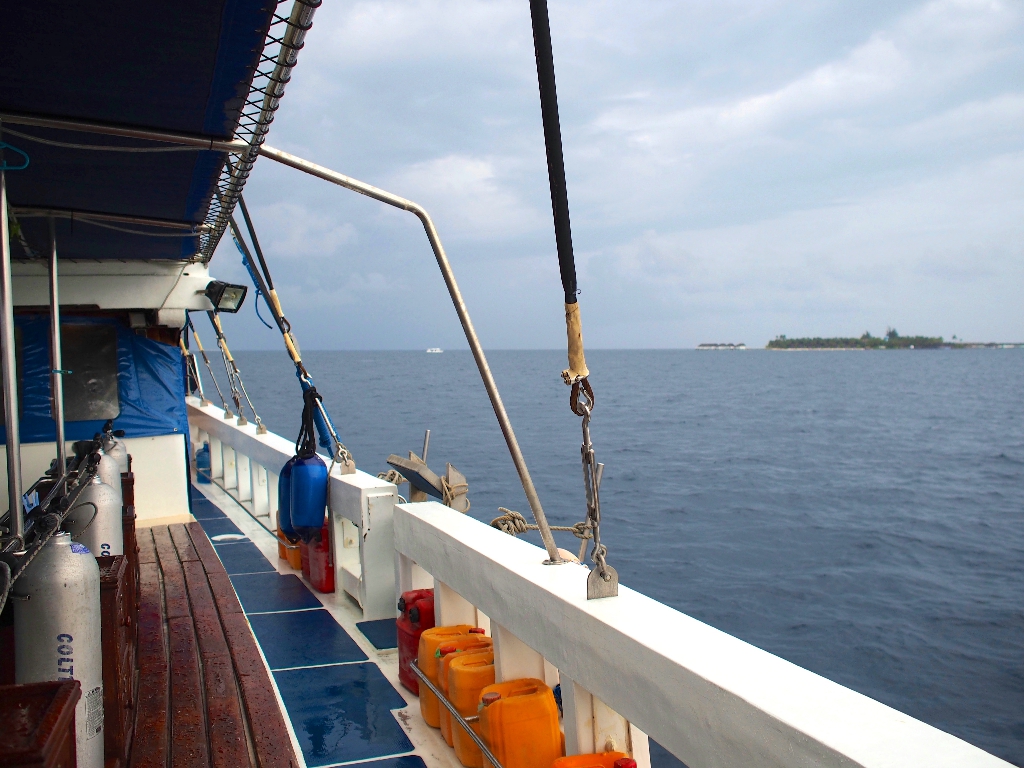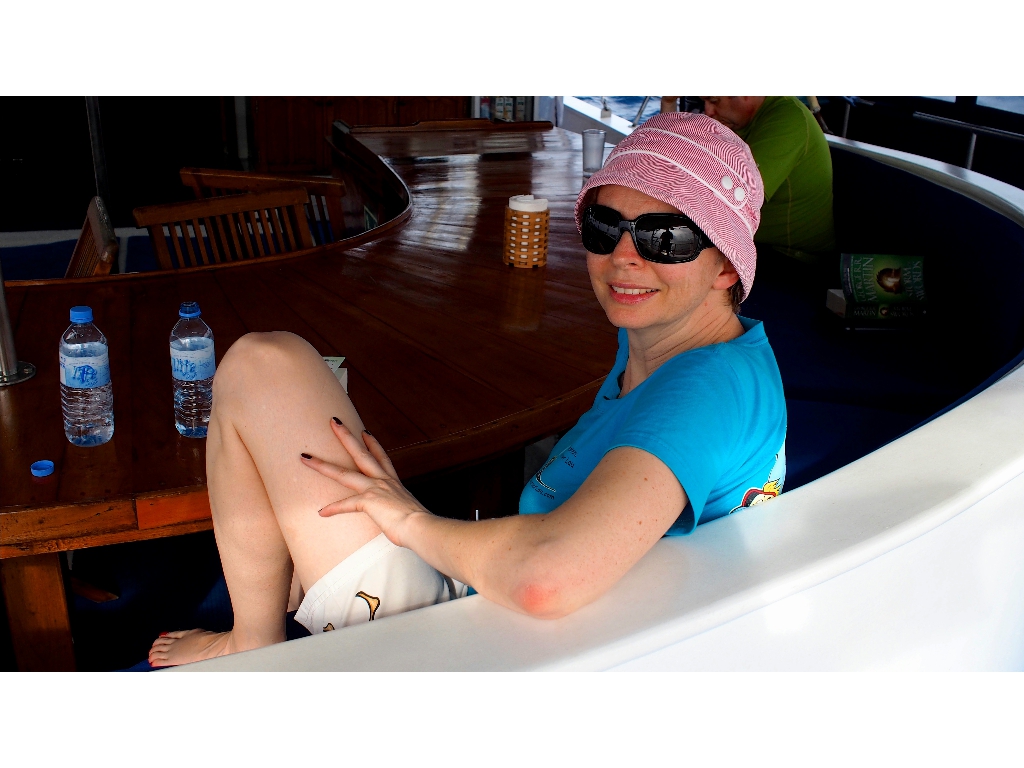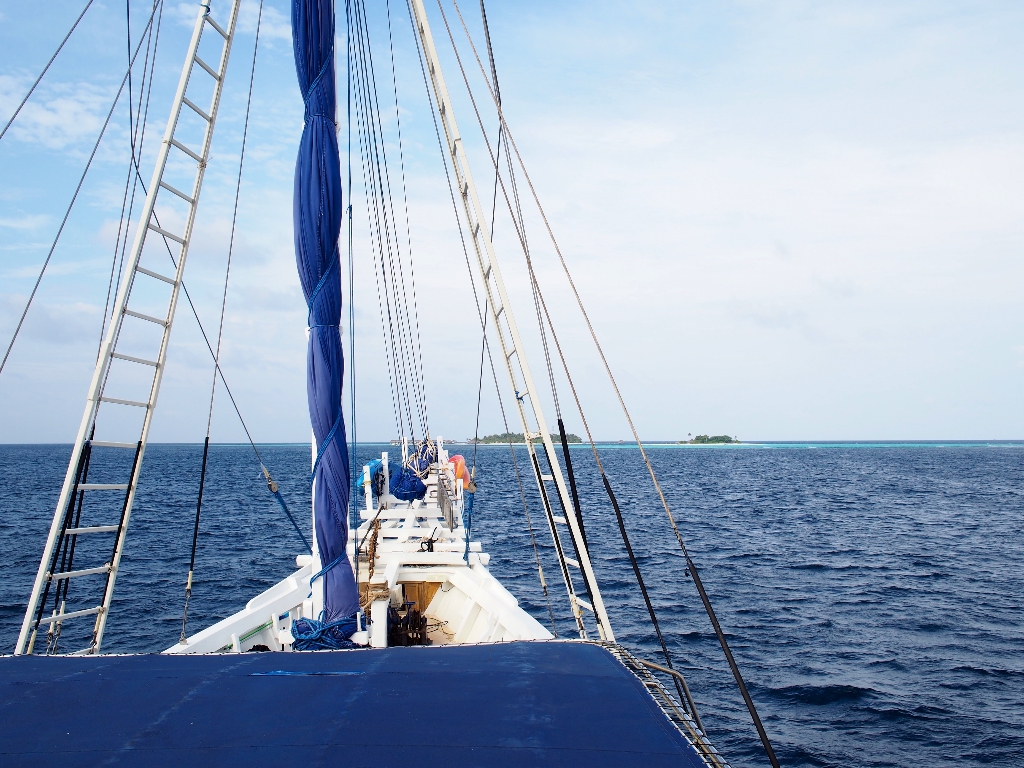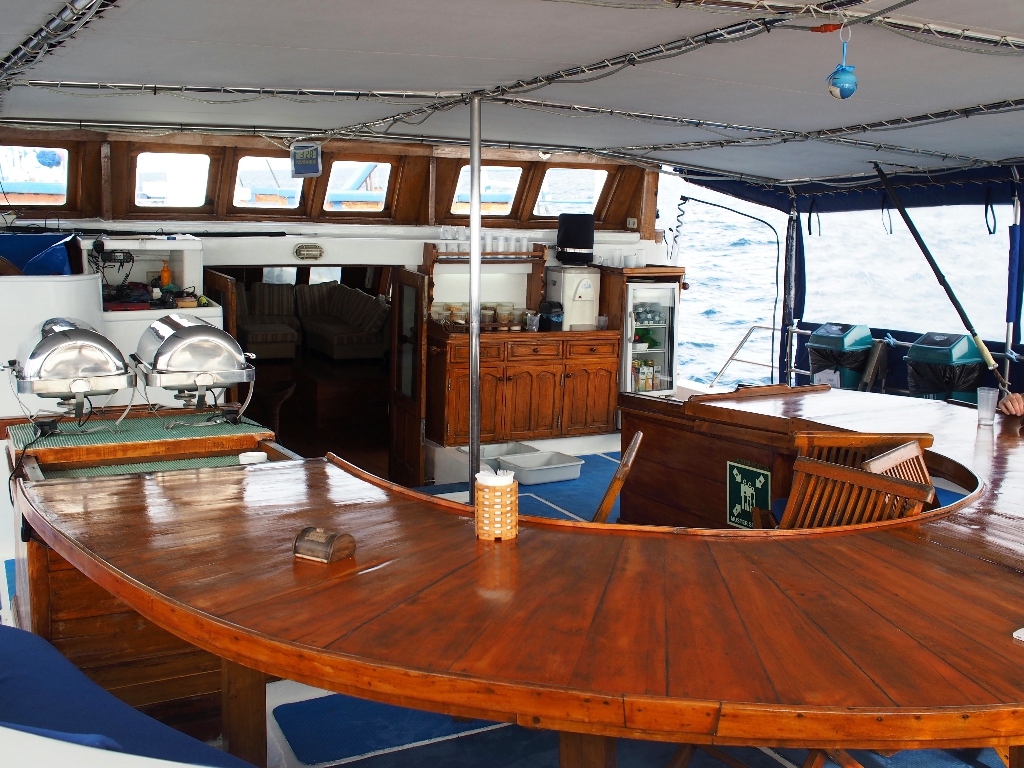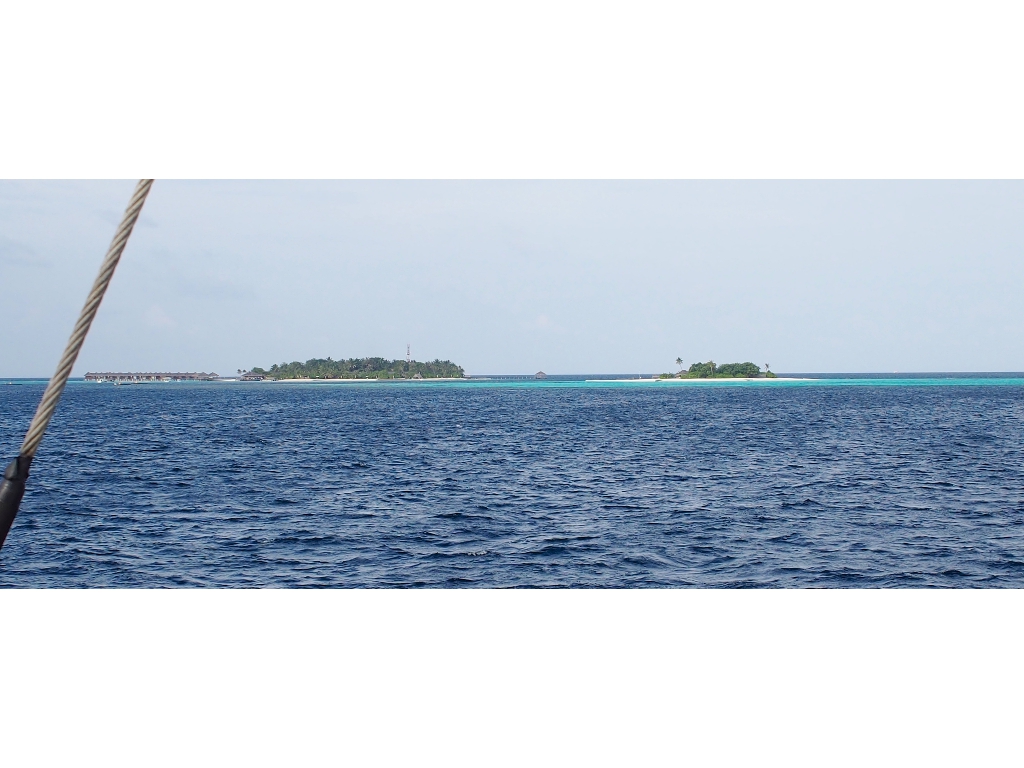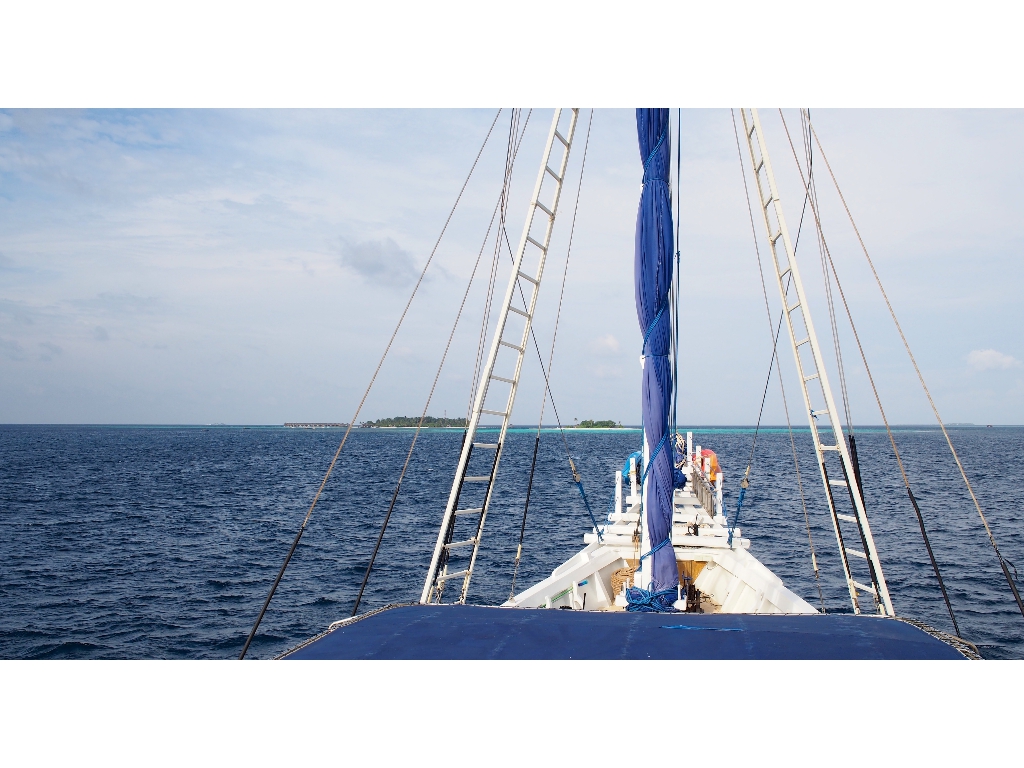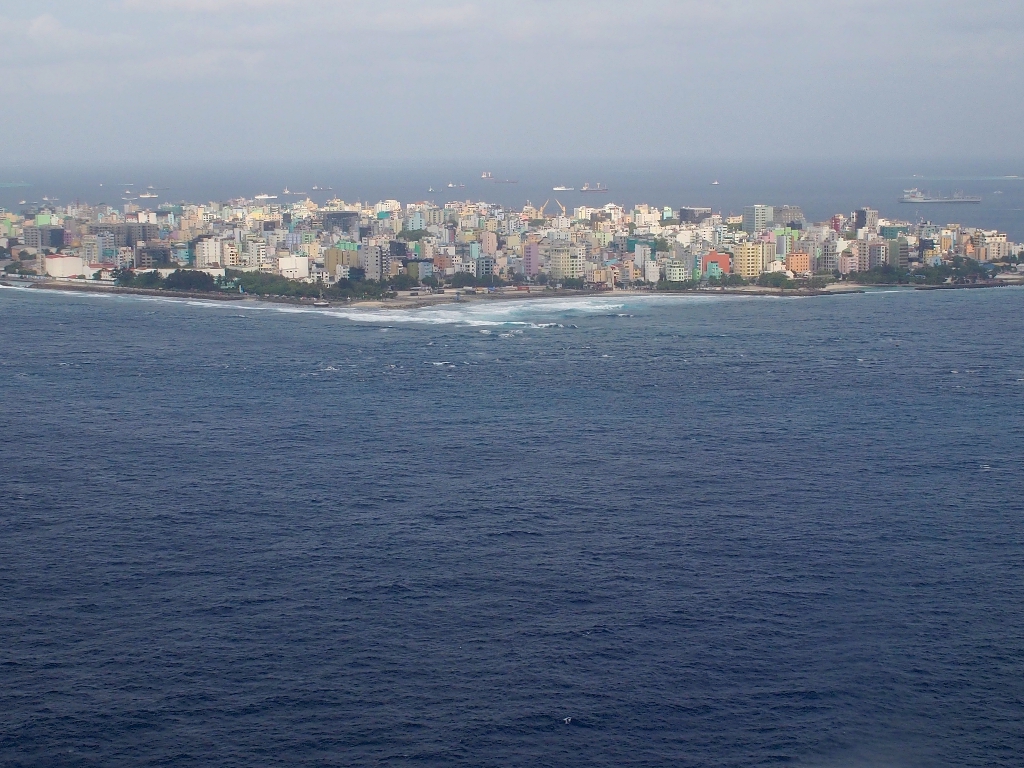Maldives
The Maldives consists of 1,192 coral islands grouped in a double chain of 26 atolls, that stretch along a length of 871 kilometres (541 miles) north to south, 130 kilometres (81 miles) east to west, spread over roughly 90,000 square kilometres (35,000 sq mi), of which only 298 km2 (115 sq mi) is dry land, making this one of the world's most dispersed countries. It lies between latitudes 1degS and 8degN, and longitudes 72deg and 74degE. The atolls are composed of live coral reefs and sand bars, situated atop a submarine ridge 960 kilometres (600 mi) long that rises abruptly from the depths of the Indian Ocean and runs north to south.
Only near the southern end of this natural coral barricade do two open passages permit safe ship navigation from one side of the Indian Ocean to the other through the territorial waters of Maldives. For administrative purposes, the Maldivian government organised these atolls into 21 administrative divisions. The largest island of Maldives is that of Gan, which belongs to Laamu Atoll or Hahdhummathi Maldives. In Addu Atoll, the westernmost islands are connected by roads over the reef (collectively called Link Road) and the total length of the road is 14 km (9 mi).
Maldives is the lowest country in the world, with maximum and average natural ground levels of only 2.4 metres (7 ft 10 in) and 1.5 metres (4 ft 11 in) above sea level, respectively. In areas where construction exists, however, this has been increased to several metres. More than 80 per cent of the country's land is composed of coral islands which rise less than one metre above sea level. As a result, the Maldives are at high risk of being submerged due to rising sea levels. The UN's environmental panel has warned that, at current rates, sea-level rise would be high enough to make the Maldives uninhabitable by 2100.
Climate
The Maldives has a tropical monsoon climate under the Koeppen climate classification, which is affected by the large landmass of South Asia to the north. Because the Maldives has the lowest elevation of any country in the world, the temperature is constantly hot and often humid. The presence of this landmass causes differential heating of land and water. These factors set off a rush of moisture-rich air from the Indian Ocean over South Asia, resulting in the southwest monsoon. Two seasons dominate Maldives' weather: the dry season associated with the winter northeastern monsoon and the rainy season associated with the southwest monsoon which brings strong winds and storms.
The shift from the dry northeast monsoon to the moist southwest monsoon occurs during April and May. During this period, the southwest winds contribute to the formation of the southwest monsoon, which reaches Maldives at the beginning of June and lasts until the end of November. However, the weather patterns of Maldives do not always conform to the monsoon patterns of South Asia. The annual rainfall averages 254 centimetres (100 in) in the north and 381 centimetres (150 in) in the south.
The monsoonal influence is greater in the north of the Maldives than in the south, more influenced by the equatorial currents.
The average high temperature is 31.5 degree Celsius and the average low temperature is 26.4 degree Celsius.
